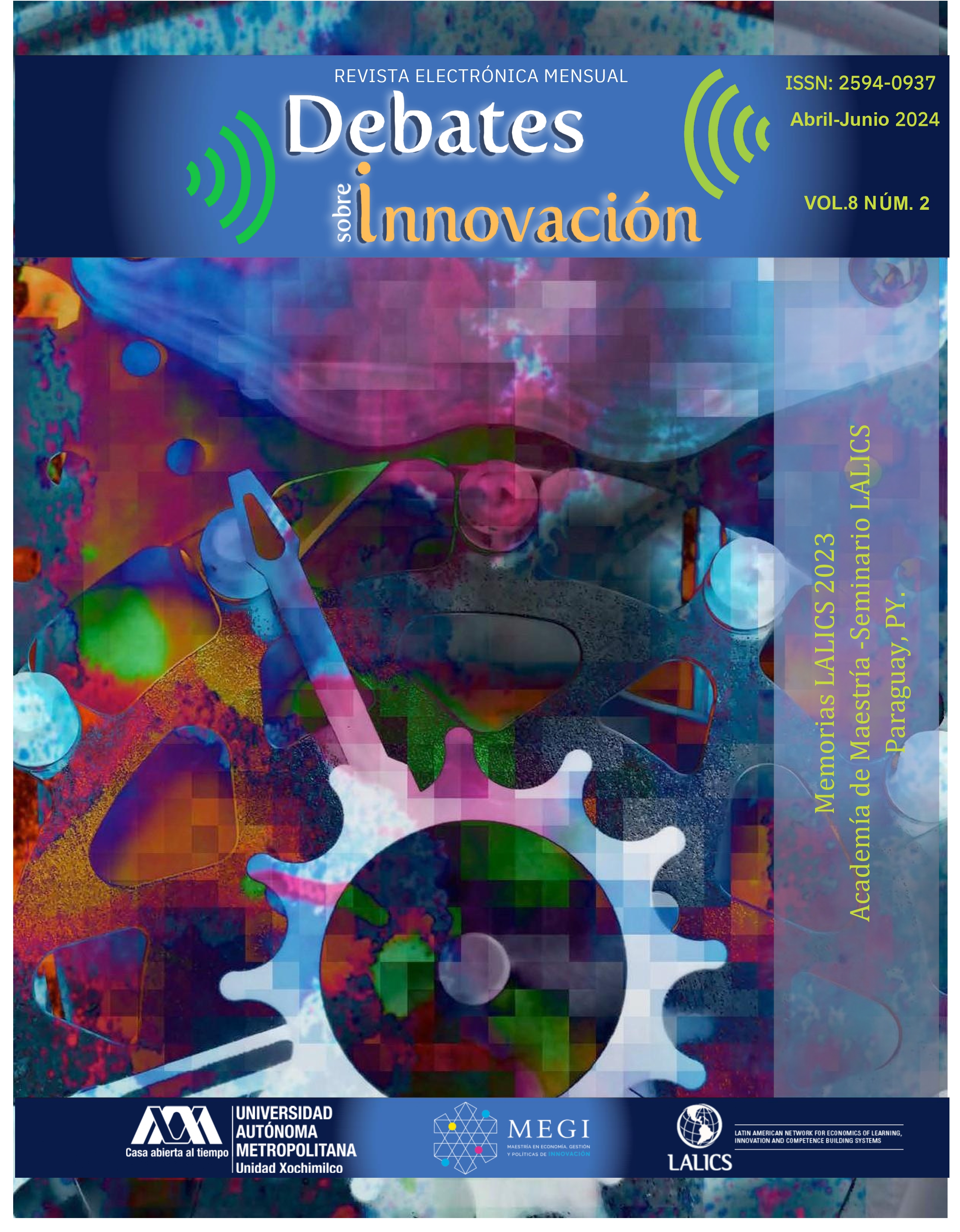COMPLEXITY MEASURES FOR THE ANALYSIS OF SDG INTERLINKAGES: A METHODOLOGICAL APPROACH
Contenido principal del artículo
Resumen
The 2030 Agenda, with its 17 Sustainable Development Goals (SDGs),
169 targets and 232 indicators, has set an ambitious “plan of action for
people, planet and prosperity”1 that must be achieved within 15 years
(2015-2030). These first years of implementation of the SDGs by the 193
member states of the United Nations (UN) have served the international
community to realize the complexity of the network of interactions
(synergies and trade-off) between goals, targets and indicators, within a
context where each country has set its priorities of development and those
are not always aligned with the main objective of the 2030 Agenda (lack
of policy coherence; policy vs politics). As a result of this situation, one of
the main difficulties that the countries will need to overcome is to
comprehend the nature and complexity of the intricate network of
interlinkages between the SDGs, considering their universal and integrated
nature. The purpose of this study is to improve the understanding of the
level of sustainability complexity of each member state of the UN in the
process of the implementation of the SDGs based on the Product-Space
Theory and the Economic Complexity. Thus, we present a SDG priority-
setting tool applied to the challenging and ambitious task of
accomplishment of the 2030 Agenda, through the understanding of the
SDG interlinkages network and its complexity. Our findings are significant
for the on-going debate of policy coherence and alignment of national
policies with the SDGs and the sustainability path countries should follow
to progress towards an integral achievement of the 2030 Agenda.
Detalles del artículo

Esta obra está bajo una licencia internacional Creative Commons Atribución-NoComercial-SinDerivadas 4.0.
DEBATES SOBRE INNOVACIÓN. Volumen 8, Número 2, mayo-junio 2024, es una publicación trimestral de la Universidad Autónoma Metropolitana a través de la Unidad Xochimilco, División de Ciencias Sociales y Humanidades, Departamento de Producción Económica. Prolongación Canal de Miramontes 3855, Col. Ex-Hacienda San Juan de Dios, Alcaldía Tlalpan, C.P. 14387, Ciudad de México y Calzada del Hueso 1100, Col. Villa Quietud, Alcaldía Coyoacán, C.P. 04960, Ciudad de México. Teléfono 55 54837200, ext.7279. Página electrónica de la revista https://revistadebates.xoc.uam.mx/index.php/
debinnovacion/issue/view/17 y dirección electrónica: noticiaslalics@gmail.com Editor responsable: Dra. Gabriela Dutrénit Bielous. Certificado de Reserva de Derechos al Uso Exclusivo de Título No. 04-2022-101113015800-102. ISSN 2594-0937, ambos otorgados por el Instituto Nacional del Derecho de Autor. Responsable de la última actualización de
este número: Mtra. Gloria Magdalena González Trejo, Departamento de Producción Económica, División de Ciencias Sociales y Humanidades, Unidad Xochimilco. Calzada del Hueso 1100, Col. Villa Quietud, Alcaldía Coyoacán, C.P. 04960, Ciudad de México. Fecha de última modificación: 01 de julio de 2024 Tamaño del archivo: 3.5 MB
Las opiniones expresadas por los autores no necesariamente reflejan la postura del editor de la publicación. Queda estrictamente prohibida la reproducción total o parcial de los contenidos e imágenes de la publicación sin previa autorización de la Universidad Autónoma Metropolitana.
